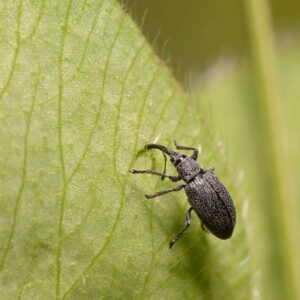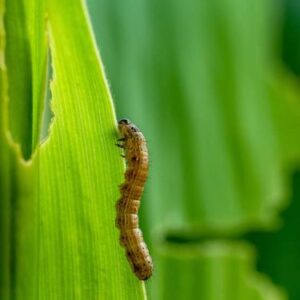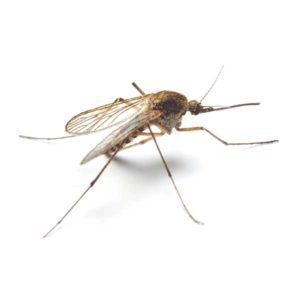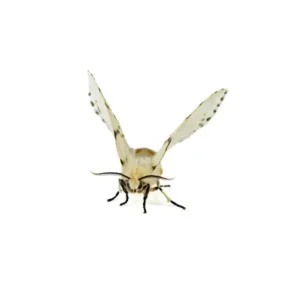Mole Crickets in Jacksonville FL
Mole crickets can be found inhabiting sandy soil, vegetable gardens, and turfgrass in Jacksonville FL. Dig small burrows near their food sources to hide in during the day and spend the night feeding and tunneling. Mole crickets are capable of creating up to 20 feet of tunnel a night, disrupting plant growth at the surface. They mate in the spring and early summer, laying their eggs in the soil to hatch two weeks later.
Mole Cricket Habitat
Mole crickets usually live just underneath the surface of sandy soil. They conglomerate near dense plant growth and moist soil for ease of access to a food source and optimal tunneling opportunities. The same conditions that attract small soil-dwelling insects and earthworms attract mole crickets, which feed on the former. You can find them in large numbers near Jacksonville FL in most places where these conditions are present.
Mole Cricket, Threats, & Dangers
Because mole crickets are nocturnal and spend most of their active time burrowing through the soil, you are unlikely to see them before you see the damage that they cause. Mole cricket burrowing can lead to tarnished plant growth and a dying garden if you let their numbers grow out of hand. Fortunately, mole crickets aren’t known to bite or transmit any kind of disease to humans and our pets. However, it’s best to take action to prevent them before they destroy your garden.
If you are dealing with a mole cricket issue on your property, contact your local pest control experts.





